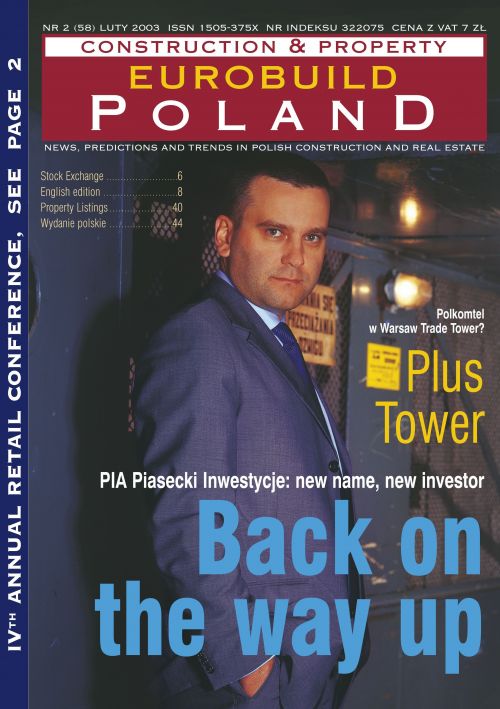Colliers International, appointed as exclusive agents to dispose of 'excess'
plots of land around Poland for petroleum giants Shell, have set-up for Poland,
what is a unique marketing web-site, allowing potential clients to search for
and acquire the sites on offer, with a few clicks of a mouse. With fifty-five
plots up for sale, the internet is here proving its potential to compactly
package vital information
Shell Polska maintain that the sale of the sites is quite a normal activity
and occurs regularly enough in various countries. Thirty of the plots are excess
areas near petrol stations Shell currently has in operation, whilst because the
company has taken over other companies' stations, it has meant some existing
ones have become redundant. In March 2000, Shell and Texaco entered an agreement
whereby the former acquired sixteen of the latter's service stations in Poland,
in exchange for some stations in the UK and this also led to Shell disposing of
surplus Polish sit






























































